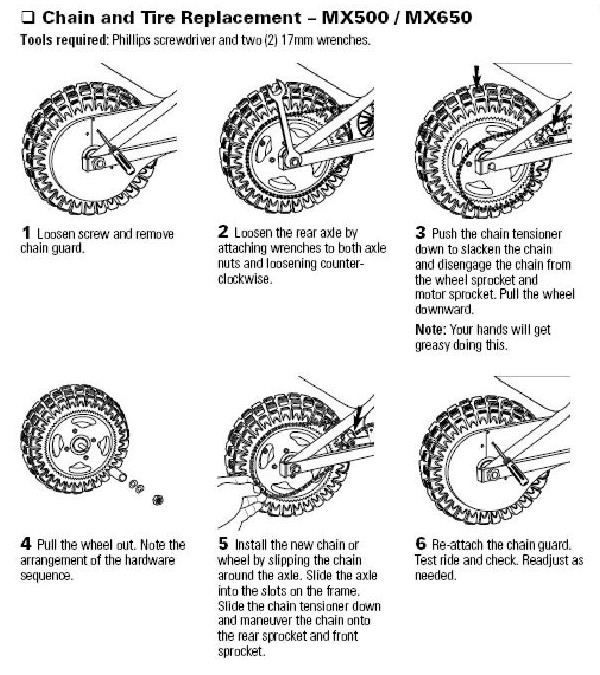At some point, every car requires new tires. Since you want to budget accordingly, it’s important to know – how much does it cost to replace your tires?
In this guide, I cover the varying factors that influence the price of your new tires. I will also give you a few tips that may help you save some money.
How Much Do New Tires Cost?A new set of four tires will usually cost you between $400 and $1500, depending on the type of tire, vehicle, quality and where you get them installed. If you choose cheap tires, you may be able to spend $50 each, but on some vehicle types, you can easily spend $1500 or more on a new set of tires.
Now that we have the quick answer to the general cost of new tires, let’s take a closer look at the factors that affect the cost.
Factors Affecting Cost to Replace Your Tires1. Tire SizeThe biggest factor affecting your expense will be the size of the tire you need. You can find tires in all sizes, meant for a multitude of purposes. If you have a compact car, you will have the cheapest tires available, maybe even $50 each.
Of course, high-performance cars, large pickup trucks, specialty off-road vehicles, and SUVs will naturally cost more. A good rule of thumb is that the larger the tire is, the more you can expect to pay for it.
2. BrandThere are just as many tire brands as there are sizes. Many tire shops specialize in one budget brand and carry a multitude of name brands.
You will spend far less to go with the no-name brand, but you need to think about the quality. After all, if you save money today by choosing this brand, does it really pay off if you have to replace the tires again prematurely? You may also get a much longer mileage warranty with quality tires than with inexpensive tires.
If you choose a premium tire brand such as Michelin, Continental, Goodyear, Bridgestone, you will of course pay much more, but you know that you will get quality tires that last a long time and keep your vehicle on the road.
RELATED: 6 Worst Tire Brands to Avoid Buying
3. Installation CostMost tire shops do not make a lot of money on the tire installation. The job itself doesn’t take long and the price can often be included with the cost of the tires.
On average, you can expect most shops to tack on about $20-$40 per tire for the installation. However, if you visit a warehouse club, that expense could be even less.
4. Tire DisposalYou don’t get to leave your old tires with the shop without paying a price. These shops must pay to have them recycled, so that cost gets passed down to you.
On average, the tire disposal fees will be between $2 and $10 per tire. If you would rather save this money, you can get rid of them yourself.
5. Road Hazard/Warranty ProtectionOn top of the regular price paid for your tires, you may choose to add some extra warranty protection. With road hazard protection, you are covered if your tires get a hole or blow out.
However, you must be careful who you choose to get road hazard through. Not all companies are going to follow through on the agreement, leaving you paying for protection that doesn’t matter when something actually goes wrong.
6. Wheel AlignmentWhen your new tires are installed, you will need to get a wheel alignment. Having properly aligned tires ensures that they last as long as possible.
You might pay between $75 and $200 to have the wheels aligned, depending on how many need to be done. However, this money can be seen as an investment, ensuring that your tires continue to provide reliable transportation.
How to Save Money on Tires1. Shop AroundThe most important factor is shopping around. You can call one location and get a price on a particular set of tires, and the cost will be completely different somewhere else, even though they are the same tires.
When you are shopping around, keep a couple of costs in mind. You will have the cost of the tires, the cost of installation and any fees that the company charges. Ask for the “out the door” price, so you can compare it apples-to-apples.
You will have the cost of the tires, the cost of installation and any fees that the company charges. Ask for the “out the door” price, so you can compare it apples-to-apples.
RELATED: How Much Do Rims Cost?
2. Watch for SalesYou can get a great deal if you shop during a sale. Of course, it’s not always convenient to wait for the next sale, but if you have some time before the tires need to be changed, this is a great way to save.
Throughout the year, tire shops will offer various sales. You can take advantage of a Buy 3, Get 1 Free deal or enjoy a certain percentage off. Most tire sales correspond with holidays, so you can tell when one might be around the corner.
3. Take Advantage of RebatesTire shops don’t often make a whole lot on the tire, so discounts can be limited. However, the manufacturers are happy to offer rebates throughout the year.
Most of the rebates are through the mail but can be found online. Additionally, the tire shops have the inside scoop on what’s available, so be sure to ask.
Additionally, the tire shops have the inside scoop on what’s available, so be sure to ask.
It’s not always wise to purchase used tires, but the takeoff is something entirely different. These tires were installed brand-new and only used for a couple of days before the customer decided they didn’t want them.
It could be that the client didn’t appreciate the ride or simply decided they wanted something better. Either way, the tire shop will offer the replacement tires at a discounted price, so be sure to ask what’s available, especially if you use a popular tire size.
5. Use All-Season TiresIf you live in a cold climate where a lot of snow falls, you might have two sets of tires. Most people in these regions use summer and winter tires. With two sets of tires, you have a lot more money out, especially every time you need to have them switched.
If you aren’t actually driving in the snow, it might be better to use all-season tires throughout the year. While these aren’t going to get you through deep snow, there’s no sense in spending more for something you don’t need. Evaluate your options and see if you can stick to using one set all year long.
While these aren’t going to get you through deep snow, there’s no sense in spending more for something you don’t need. Evaluate your options and see if you can stick to using one set all year long.
RELATED: 10 Best All-Season Tires – Review & Buyer’s Guide
The lifespan of a tire will depend on the type of tire, the type of driving you do, and the climate. Generally, tires last between 50,000 and 80,000 miles and 6 years. If you drive a lot in city traffic and brake a lot or live in a hot climate, your tires may wear out sooner. If you often drive around with low tire pressure or a bad wheel alignment, they may also wear down sooner.
If your tire tread depth is close to 2/32” or under, it’s definitely time to replace them.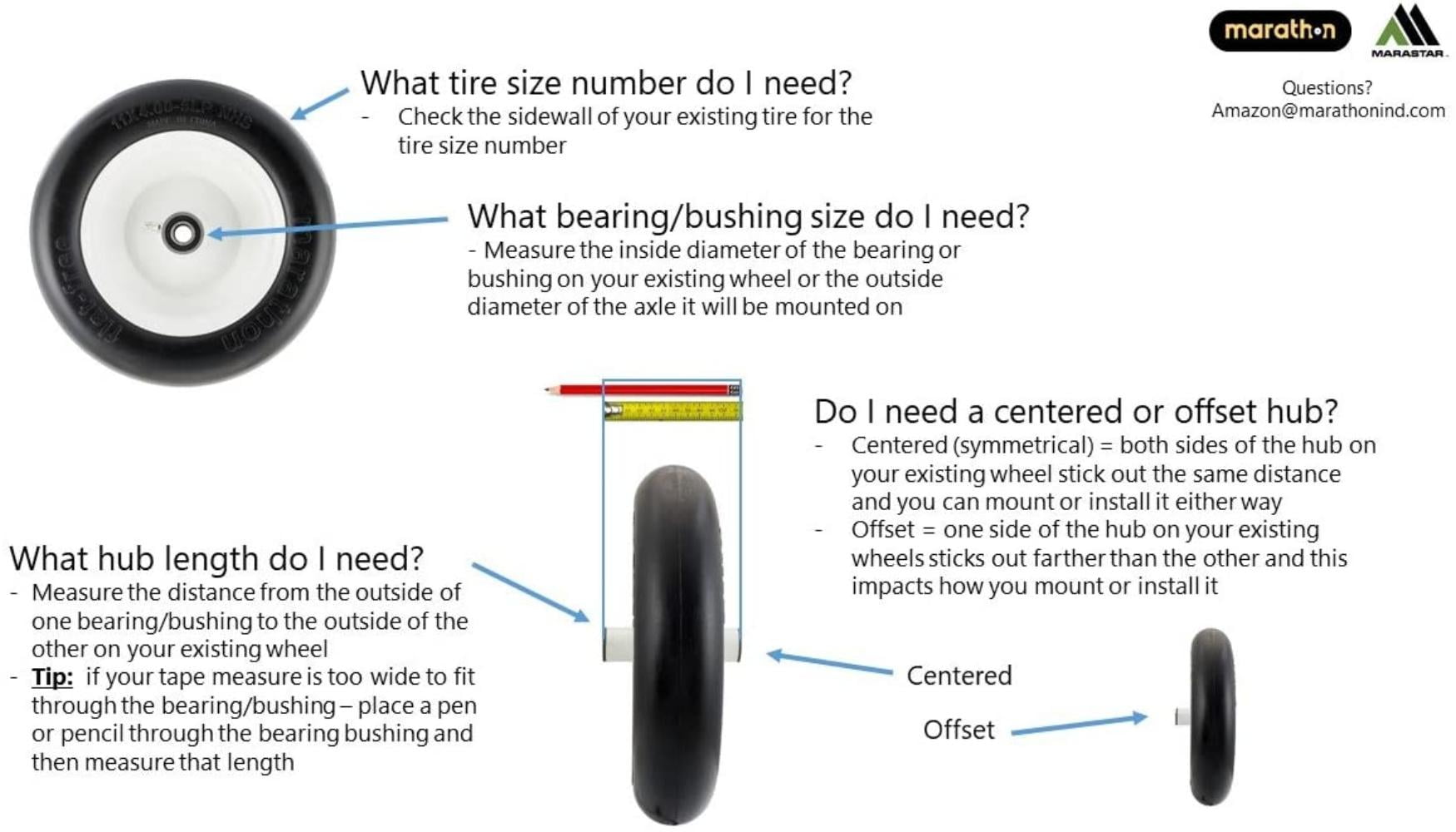 Most tire manufacturers recommend replacing tires every 6 years, regardless of the number of miles driven. This is because tire rubber degrades over time, even if the tires are not used. Tires that are more than 6 years old should be inspected by a professional to determine if they are safe to use.
Most tire manufacturers recommend replacing tires every 6 years, regardless of the number of miles driven. This is because tire rubber degrades over time, even if the tires are not used. Tires that are more than 6 years old should be inspected by a professional to determine if they are safe to use.
If your car is two-wheel-drive, it’s fine to replace two tires on the same axle instead of four, although you need to consider that your car will handle differently with two new tires than with four. If you are replacing two tires, it is best to put the new or best tires on the rear axle, as this will improve traction and stability.
On many 4WD and AWD cars, however, the diameter of the tires must match, otherwise, you can damage the transmission or the differential. Therefore, it is recommended to replace all four tires on 4WD cars, and it’s a requirement for many car brands like BMW and Audi.
You need to read the tire dimensions on your old tires and take them to the tire shop. You can also call your authorized dealer or check your owner’s manual if the wheels are stock.
You can also call your authorized dealer or check your owner’s manual if the wheels are stock.
Categories: Tires, Estimator
We believe everyone should be able to make financial decisions with confidence. And while our site doesn’t feature every company or financial product available on the market, we’re proud that the guidance we offer, the information we provide and the tools we create are objective, independent, straightforward — and free.
So how do we make money? Our partners compensate us. This may influence which products we review and write about (and where those products appear on the site), but it in no way affects our recommendations or advice, which are grounded in thousands of hours of research. Our partners cannot pay us to guarantee favorable reviews of their products or services. Here is a list of our partners.
You can pay from $50 to over $1,000 for a single new tire, depending on type and quality.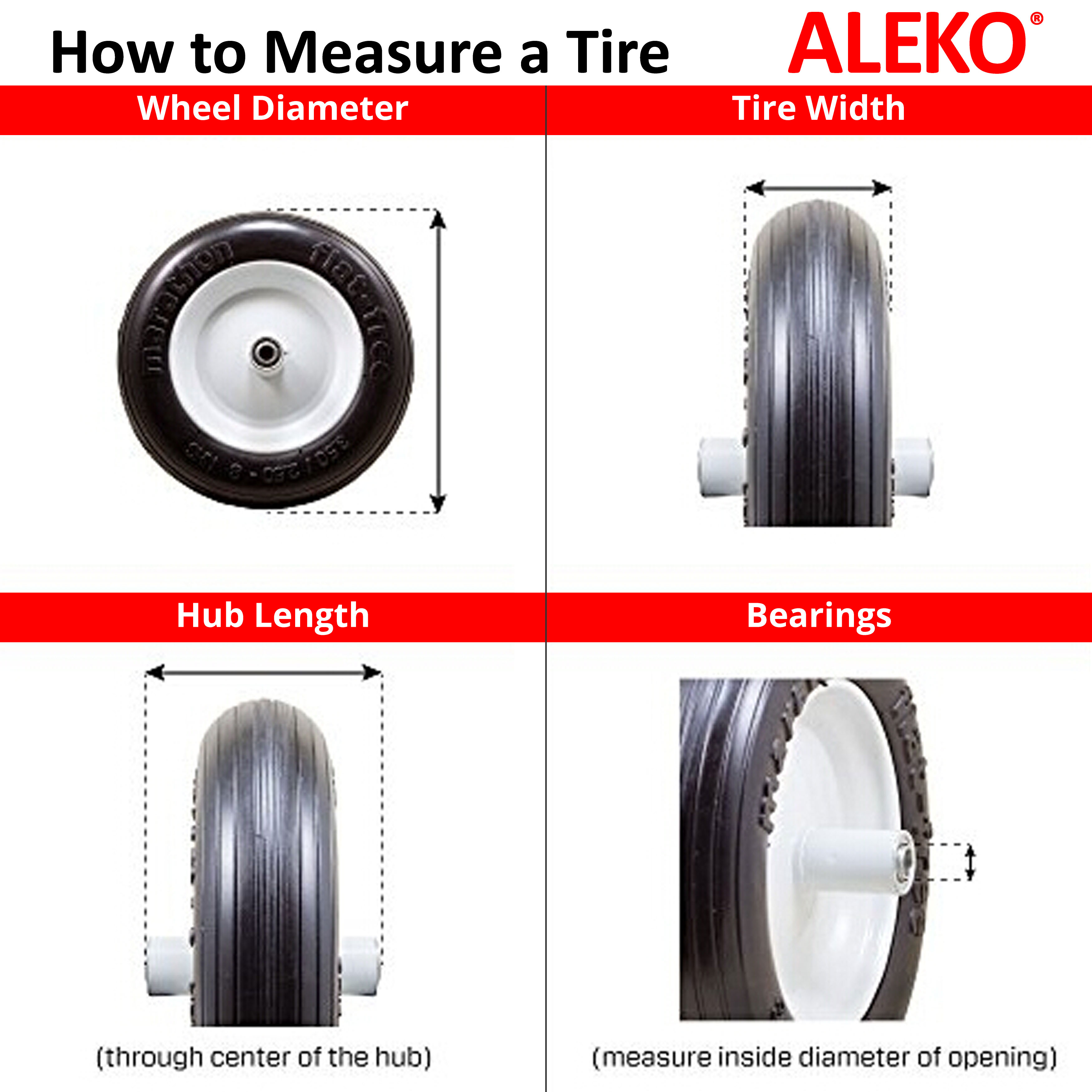
By
Whitney Vandiver
Whitney Vandiver
Writer | Car ownership, car maintenance
Whitney Vandiver writes for NerdWallet about ways car owners can save money on ownership and maintenance. She previously wrote in the oil and gas industry, where she was published in national journals and international magazines. Whitney became a writer out of enjoyment and finds stories that highlight or help the LGBTQ+ community the most rewarding to craft. When she's not writing, she enjoys reading and walking with her Irish wolfhound. She is based in Houston.
Learn More
Updated
Edited by Julie Myhre-Nunes
Julie Myhre-Nunes
Assistant Assigning Editor | Auto loans, consumer credit
Julie Myhre-Nunes is an assistant assigning editor at NerdWallet. She has been working in the personal finance space for more than 10 years. Before joining NerdWallet, Julie oversaw editorial teams at NextAdvisor, Red Ventures and Quote.com. Her personal finance insight has been featured on Forbes, The Boston Globe and CNBC throughout the years. Julie’s writing has been published by USA Today, Business Insider and Wired Insights, among others. Email: [email protected].
She has been working in the personal finance space for more than 10 years. Before joining NerdWallet, Julie oversaw editorial teams at NextAdvisor, Red Ventures and Quote.com. Her personal finance insight has been featured on Forbes, The Boston Globe and CNBC throughout the years. Julie’s writing has been published by USA Today, Business Insider and Wired Insights, among others. Email: [email protected].
Many or all of the products featured here are from our partners who compensate us. This influences which products we write about and where and how the product appears on a page. However, this does not influence our evaluations. Our opinions are our own. Here is a list of our partners and here's how we make money.
Tires are a big part of the cost of owning a car, and the range of tire prices doesn’t make it easier to budget for them.
The price of tires depends on several factors, including how they perform in certain weather conditions, how well they handle, and what type of terrain they can manage.
Each type of tire comes with its own price range. And while some tires might induce sticker shock, plenty of affordable options are on the market.
Tires are made of varying compounds and have different treadwear ratings. These ratings tell you how long the tires will likely last. Tires are usually categorized according to the conditions in which they work best. Here are some of the common types of tires, and the factors that may affect their cost.
Weather performance. Tires are categorized as summer, winter or all-season. Summer and winter tires are designed to perform in certain types of weather, and all-season tires find a balance between summer and winter. All-season tires tend to be the cheapest option, and summer tires tend to be the most expensive. Winter tires fall somewhere in the middle.
🤓Nerdy Tip
If you live somewhere that drops below 40 degrees for only a few weeks a year, it’ll be cheaper to buy all-season tires for year-round driving than to go with winter tires that you swap out seasonally.
Comfort. Some types of tires, such as touring tires, are designed to give you a smoother ride. Comfort tires may have the same performance potential as other tires — for example, they may have the same wet and dry braking capabilities as all-season tires — but they tend to cost more because they offer a more comfortable ride.
Terrain. All-terrain tires are generally more expensive than standard highway tires because they have tread designed to let you go off-road. While you can get about 40,000 miles out of an all-terrain tire, it’s likely to wear down more quickly and need replacing sooner than a highway tire.
Performance. Designed for sports cars, performance tires let you take corners tightly and stop on a dime. They’ll give you that fast-driving experience, but you’ll pay more for performance tires.
The cost of tires can vary widely by type. Discount Tire, a national tire retailer, breaks down the average cost of tires by type and wheel size. Here is the range of prices and median cost per tire for each wheel size:
Here is the range of prices and median cost per tire for each wheel size:
12-inch to 15-inch wheels. Tires often run $80 to $150, with a median price of $115. These tires are common for compact cars.
16-inch to 20-inch wheels. Tires of this size generally cost $100 to $400, with a median price of $250. These tires are common for SUVs, crossovers, vans and trucks.
18-inch to 26-inch wheels. Tires often cost $140 to $500, with a median price of $320. These tires are common for larger trucks and utility vehicles.
The cheaper the tire within a certain group, the less likely it is to perform as well or last as long. Economical options are available, but research the quality of any tire you’re considering before buying it.
The table below shows the range of prices for different types of tires. These prices are not specific to a certain vehicle or tire size. They were gathered from Discount Tire's online inventory in October 2022.
Type of tire | Low price per tire | High price per tire |
|---|---|---|
All-season | ||
Summer | $1,486. | |
Winter | $1,311. | |
Touring | ||
Terrain | $1,447. | |
Performance | $1,486. |
When having new tires installed, the total average cost for labor is $50 to $300, according to CarRoar.com. The labor cost can vary by vehicle and tire size: The bigger the tires or more complicated the install, the higher the labor charge. For example, many shops charge more to mount low-profile tires.
Having new tires installed includes several steps. Your total labor cost is likely to include the time to perform the labor, mounting and balancing of the new tires, and disposal fees to get rid of your old tires.
🤓Nerdy Tip
You are likely to get a discount on the labor for having new tires installed if you have the work done at the shop where you purchase the tires.
Frequently asked questions
How much does a set of four tires cost?
The price of a set of four tires will depend on the size and type of tire, but the median price for four tires is between $460 and $1,280. If you have smaller tires and decide to go with a cheaper option, you could pay below that range. However, if you have larger wheels and want performance or touring tires, you’re likely to pay close to $1,000 or more. Keep in mind these prices do not include labor fees to have the tires installed.
What is a good price to pay for tires?
The price of a tire depends on several factors, but you can use the average median price based on size to judge if you’re getting a good deal. A median price for a tire for a 12-inch to 15-inch wheel will run about $115. That jumps to a median price of $250 for 16-inch to 20-inch wheels, and a tire for a larger 18-inch to 26-inch wheel is likely to have a median price of $320.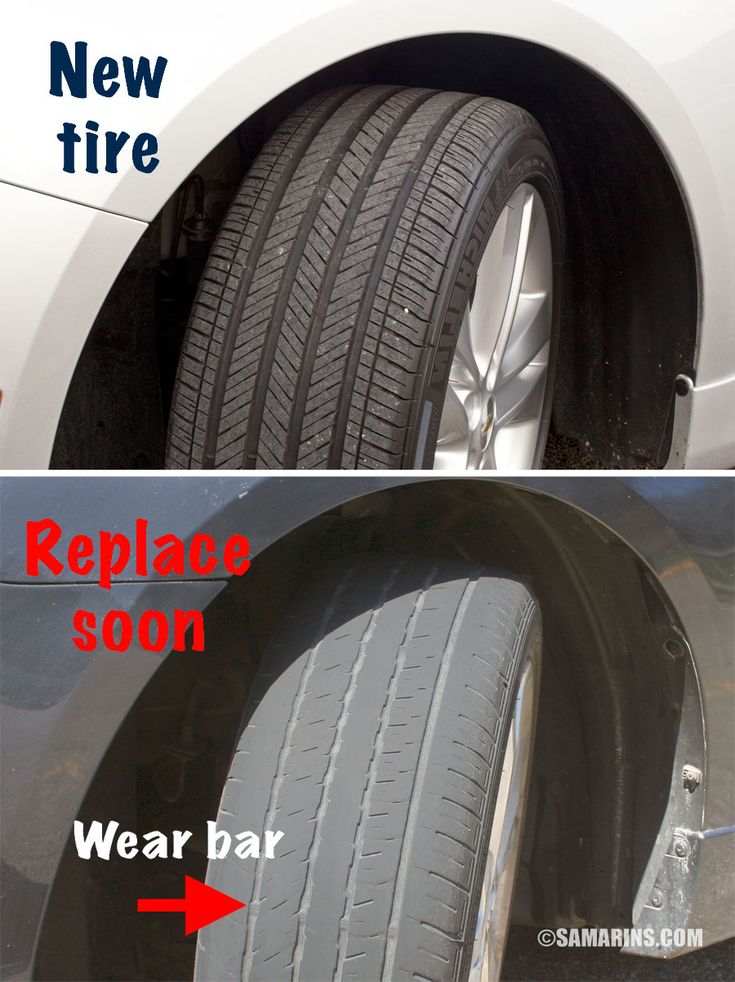
Should I replace all four tires at once?
You’ll probably need to replace all four tires at once if you drive an all-wheel drive vehicle. Otherwise, you could damage the vehicle’s drivetrain. But other types of vehicles give you more options. You can probably replace a single tire if it’s damaged and the other tires still have substantial tread remaining. Chat with a tire specialist if you’re unsure about your options.
How long should four tires last?
If you replaced all four tires at the same time or are on a vehicle’s first set of tires, on average the tires should last about six years and get between 36,000-75,000 miles in their lifespan. But tire life can vary with factors like driving habits, maintenance and climate. Regardless of their condition, no tires should be used longer than 10 years.
About the author: Whitney Vandiver is a writer at NerdWallet currently focusing on car ownership and maintenance. She's previously written about small business and payments. Read more
Read more
POPULAR ON NERDWALLET
Get more smart money moves – straight to your inbox
Sign up and we’ll send you Nerdy articles about the money topics that matter most to you along with other ways to help you get more from your money.
The condition of our roads is often the cause of rapid tire wear. And even the most careful drivers face a similar problem. Seasonal "change shoes" and repair of rubber are best done in reliable services, such as GreenCar auto centers. In our auto technical centers you can always count on quality tire fitting at the most affordable prices. Addresses, phone numbers and opening hours of service stations of our network are listed on the website.
Depending on the type of damage, our technicians can:

Greencar specialists will always check the pressure in the tires of your car and pump them up if necessary.
How much does tire service cost in GreenCar?*
| Comprehensive 4-wheel tire service | |
| R13 from 1,200 | |
| R14 from 1,200 | |
| R15 from 1,200 | |
| R16 from 1,200 | |
| R17 from 1400 | |
| R18 from 1400 | |
| R19 from 1,600 | |
| R20 from 1,600 | |
| R21 from 1,800 | |
| R22 from 2000 | |
| Tire repair | |
| Valve without valve | 50 |
| Bead seal | 50 |
| Harness | 200 |
| Camera repair | 100 |
| Side cut repair | 500 |
| Patch | 300 |
*Attention prices may change! Check the relevance of prices by calling the hotline: +7 (800) 250-30-37
Our workshop:

Have you damaged the wheel? Contact us, GreenCar masters will help you!
November 26, 2020
November 26, 2020
When it is worth changing summer tires to winter tires, drivers are always prompted by the weather forecast. Since there are no legal norms at what time to do this. And although we are not promised snow yet, I would not recommend waiting for it in order to change the shoes of your car.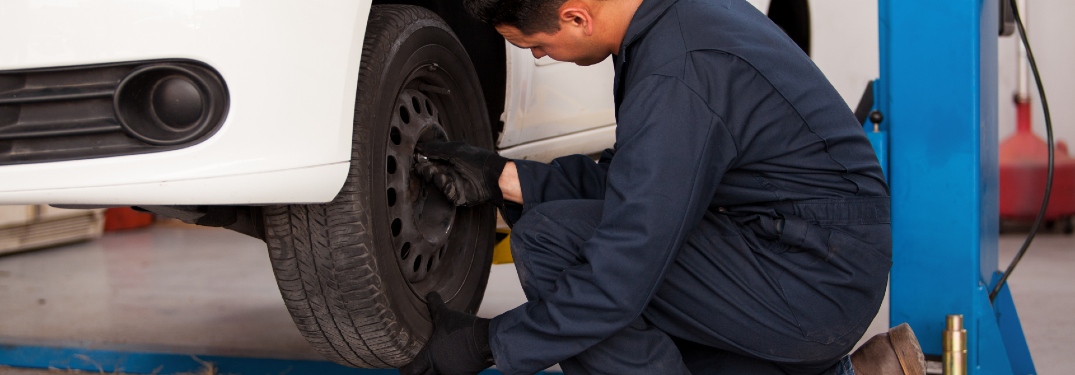 It is a bad idea. After all, on a slippery road it is very easy to lose control of the car. And then you have to go to the service station not only to replace tires, but also to repair the body.
It is a bad idea. After all, on a slippery road it is very easy to lose control of the car. And then you have to go to the service station not only to replace tires, but also to repair the body.
Everyone knows that it is time to change tires when the average daily temperature has reached 7 degrees. It was then that summer tires no longer “work”. It is very dangerous to ride them. So how much does it cost to change a car in 2020? How much will you have to pay for replacing summer tires with winter ones in Kyiv, Dnipro, Lvov, Vinnitsa, Zaporozhye and other cities of our country. From this article you will find out the prices in each region.
Pick up tires and rims for car
Usually, car owners turn to tire fitting when they have one set of wheels and two sets of tires. That is, the tires need to be reboarded. This procedure implies that the tire fitting worker will remove the summer kit and put on the winter one.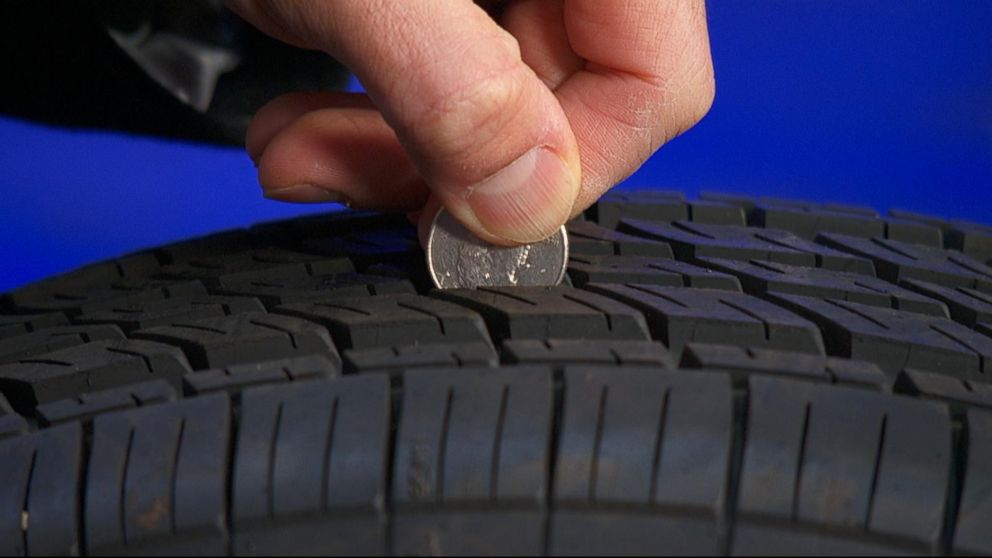 It also needs to be balanced. This is standard procedure. It happens that even the disks need some kind of repair or cleaning. You will have to pay extra for this separately. If you only stopped by to “change shoes”, be prepared to spend about 40 minutes of your time. True, if you come by appointment. On a first-come, first-served basis, time can stretch for several hours.
It also needs to be balanced. This is standard procedure. It happens that even the disks need some kind of repair or cleaning. You will have to pay extra for this separately. If you only stopped by to “change shoes”, be prepared to spend about 40 minutes of your time. True, if you come by appointment. On a first-come, first-served basis, time can stretch for several hours.
Is there a price difference depending on the tire diameter?
Yes. I will give statistics on the example of Vinnitsa car services. Having taken an interest in prices, I can say that on average it turns out like this:
Statistics given for passenger cars - tire change on light alloy wheels (R16) plus balancing.
By the way, the price also depends on the class of the car. For SUVs, SUVs, minivans will be more expensive. It turns out that the larger the car and the size of the wheels itself, the more expensive. But from the type of disks - casting or steel - the price practically does not change. If your tires are on steel rims, the price remains either the same, or the difference fluctuates around minus 20-50 hryvnia.
But from the type of disks - casting or steel - the price practically does not change. If your tires are on steel rims, the price remains either the same, or the difference fluctuates around minus 20-50 hryvnia.
Below on the chart you will see the prices in the regional centers of Ukraine. They are average for passenger cars on alloy wheels (R16). That is, you need to understand what can be a little cheaper or a little more expensive. There are cities that stand out with the highest prices. But in principle, plus or minus is the same throughout Ukraine.
Somehow, unexpectedly for me, it turned out to be the most expensive thing to wear a winter set in Lviv and Zhytomyr - 500 UAH and 490 UAH, respectively. Khmelnitsky also stood out - 460 UAH, Kyiv - 450 UAH, Dnipro - 430 UAH. The cheapest is in Chernihiv - 340 UAH and Sumy - 350 UAH. However, see for yourself:
| City | Price (UAH) |
| Vinnitsa | 380 |
| Dnepr | 430 |
| Zhitomir | 490 |
| Uzhhorod | 360 |
| Zaporozhye | 370 |
| Ivano-Frankivsk | 380 |
| Kyiv | 450 |
| Kropivnitsky | 360 |
| Lviv | 500 |
| Lutsk | 360 |
| Nikolaev | 370 |
| Odessa | 410 |
| Poltava | 360 |
| Rivne | 400 |
| Sumy | 350 |
| Ternopil | 370 |
| Kharkiv | 400 |
| Kherson | 380 |
| Khmelnitsky | 460 |
| Cherkasy | 370 |
| Chernivtsi | 400 |
| Chernihiv | 340 |
When calling service stations, some immediately offered discounts or some related services. For example - a 20% discount on air conditioning maintenance in the spring, if they have their tires rebuilt now. And several tire shops said they could keep the winter tires for storage. In Vinnitsa, it costs about 100 UAH per month for 4 wheels without discs. Very handy if you have nowhere to store them at home. Because storage conditions are very important. It must be dry and clean. Tires must be laid in the correct position so that they do not experience uneven pressure and do not deform during downtime. And before that, they need to be washed and dried.
For example - a 20% discount on air conditioning maintenance in the spring, if they have their tires rebuilt now. And several tire shops said they could keep the winter tires for storage. In Vinnitsa, it costs about 100 UAH per month for 4 wheels without discs. Very handy if you have nowhere to store them at home. Because storage conditions are very important. It must be dry and clean. Tires must be laid in the correct position so that they do not experience uneven pressure and do not deform during downtime. And before that, they need to be washed and dried.
Pick up tires and rims for car
Well, friends, I hope the information was useful for you. If so, please like. I would like to know how much it costs to replace tires on wheels in your city. After all, I really hope that you have already done this. Share with us in the comments.
I liked the article - put "like", if you have any questions - write in the comments and we will answer them.